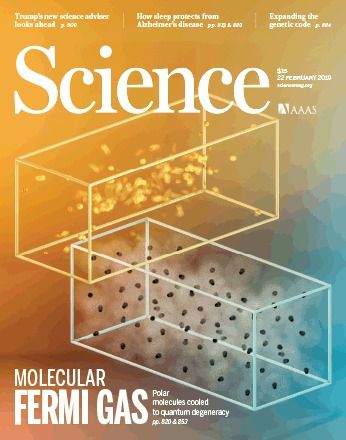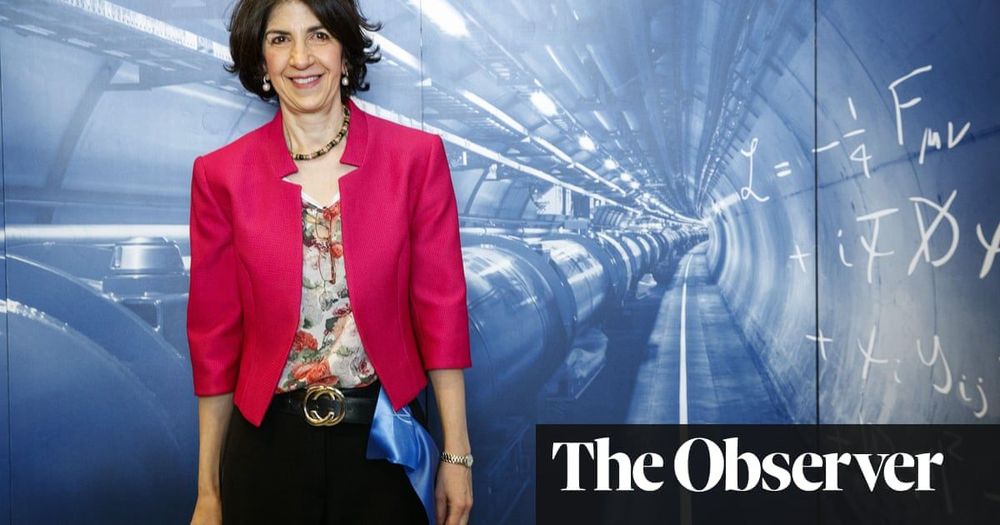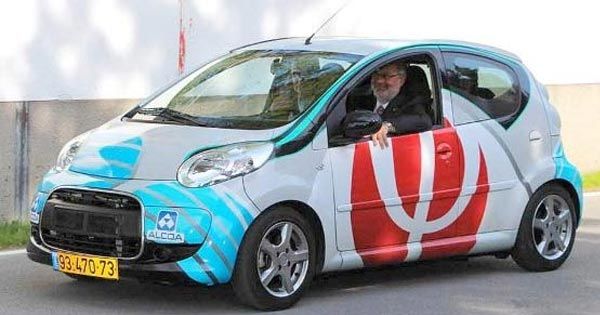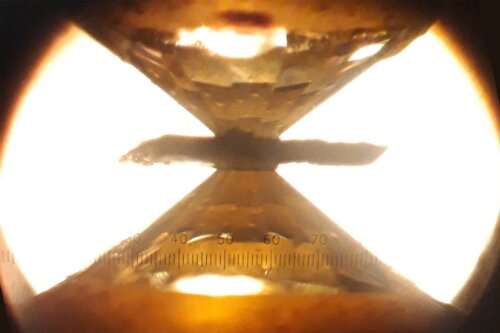Neuroscience.



Recently University of Glasgow developed a Graphene based E-Skin for prosthetic limbs. The research started with making a prosthetic arm that could sense even the minutest of pressure for gripping soft objects. It eventually yielded a prosthetic limb that was also self powering.
This was because of the development of Graphene based supercapacitors.
Graphene is now being explored for wearable electronics and health pathes because of its flexibility and ability to pick the smallest of signals.

This is awesome and WAY deserved.
A NASA facility in Fairmont, West Virginia, will be renamed after native Katherine Johnson, a pioneering mathematician who was depicted in the 2016 film “Hidden Figures” for her critical role in the success of the U.S. reaching space.
The Herbert Henderson Office of Minority Affairs announced the recognition of Johnson on Friday, according to The Register-Herald.
Jill Upson, the executive director of the office, reportedly spearheaded the process to have the facility renamed in 2017.

Phinergy is a leading developer of breakthrough, absolutely zero emission, high energy density systems based on metal air energy technologies, mainly Aluminum-Air and Zinc-Air. Unlike conventional batteries that carry oxygen, these batteries freely breathe oxygen from the ambient air to release the energy contained in metals.
(274361)
Category: Innovation

Youtube has decided to start demonetizing anti-vaccination videos. They’ll also start running a disclaimer below the videos.
After advertisers complained about programmatic ad placements on anti-vax videos, YouTube removed ads on videos that advocate against vaccination.

Bezos: “I don’t think we’ll live on planets…I think we’ll live in giant O’Neal-style space colonies.”
Jeff Bezos may be the richest human on Earth, as the founder of Amazon, but his ultimate dreams reside within a relatively obscure company called Blue Origin.
In fact, as Bezos told the CEO of Business Insider’s parent company in April 2018, he liquidates $1 billion of stock a year to fund his private aerospace outfit.

A study published today in Cell describes a form of “interspecies communication” in which bacteria secrete a specific molecule — nitric oxide — that allows them to communicate with and control their hosts’ DNA, and suggests that the conversation between the two may broadly influence human health.
The researchers out of Case Western Reserve University School of Medicine, University Hospitals Cleveland Medical Center, and Harvard Medical School tracked nitric oxide secreted by gut bacteria inside tiny worms (C. elegans, a common mammalian laboratory model). Nitric oxide secreted by gut bacteria attached to thousands of host proteins, completely changing a worm’s ability to regulate its own gene expression.
The study is the first to show gut bacteria can tap into nitric oxide networks ubiquitous in mammals, including humans. Nitric oxide attaches to human proteins in a carefully regulated manner — a process known as S-nitrosylation — and disruptions are broadly implicated in diseases such as Alzheimer’s, Parkinson’s, asthma, diabetes, heart disease, and cancer.
Thanks to The Netherlands-based Low Frequency Array (LOFAR), 300,000 new galaxies have just been discovered.
LOFAR, a massive radio telescope network, was designed to pick up low radio frequencies, which are invisible to other telescopes. Using this method, it found traces of radiation that forms when galaxies are merging.

Understanding the global carbon cycle provides scientists with vital clues about the planet’s habitability.
It’s the reason why the Earth has a clement stable climate and a low carbon dioxide atmosphere compared to that of Venus, for instance, which is in a runaway greenhouse state with high surface temperatures and a thick carbon dioxide atmosphere.
One major difference between Earth and Venus is the existence of active plate tectonics on Earth, which make our environment unique within our solar system.